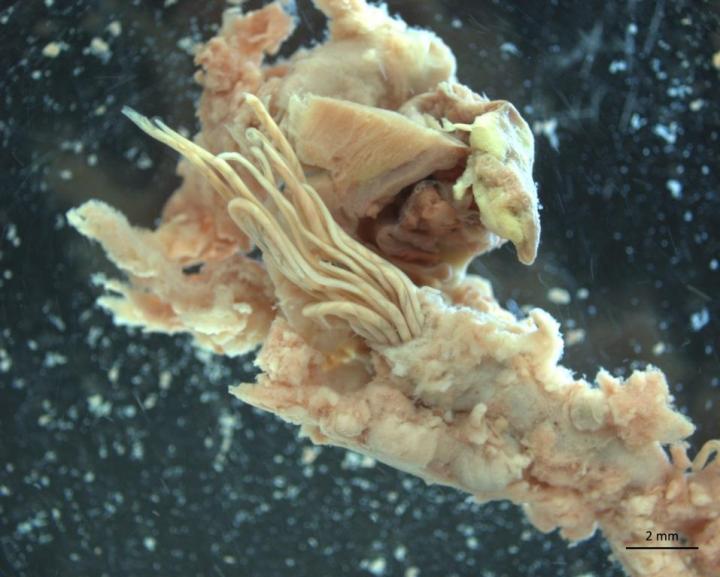Brain-Infecting 'Rat Lungworm' Spreads in Florida

A parasitic worm that can infect people's brains has been found throughout Florida, according to a new study.
The researchers found the parasite, called rat lungworm, living in rats and snails in five Florida counties in both the central and northern parts of the state. Rat lungworm was previously found in southern Florida, and the new study is one of the first to show the extent of the parasite's spread across the state.
The researchers warned that the parasite, which is typically found in the tropics and only recently appeared in the continental United States, will likely continue to expand its range in this country. They said that the parasite's apparent ability to thrive in areas outside its historical range is "alarming," and as average temperatures rise with climate change, the parasite will likely spread into more temperate areas. [5 Deadly Diseases Emerging from Global Warming]
The parasite carries out its life cycle in rats, snails and slugs, according to the Centers for Disease Control and Prevention (CDC). People can become infected if they eat raw or undercooked snails or slugs, or if they eat contaminated produce.
In people, rat lungworm, or Angiostrongylus cantonensis, can infect the brain and cause meningitis, according to the CDC. Infected people may experience headaches, neck stiffness, nausea, vomiting, and abnormal sensations in their arms and legs. Most people fully recover without treatment, but in rare cases, the infection can cause neurological problems or death, the CDC said.
Although human cases of rat lungworm have yet to be reported in Florida, the researchers called for increased awareness of this parasite to help prevent infection and properly identify infected patients.
"The parasite is here in Florida and is something that needs to be taken seriously," Heather Stockdale Walden, an assistant professor in the Department of Infectious Diseases and Pathology at the University of Florida College of Veterinary Medicine, who led the study, said in a statement.Human cases of rat lungworm have occurred in Hawaii for more than 50 years, but it wasn't until the mid-1980s that the parasite appeared in the continental United States, showing up in rats in New Orleans. (The rats likely arrived on ships from areas already inhabited by the parasite.) Since then, rat lungworm has shown up in Louisiana and Texas. Previous studies have found the parasite in snails in Florida, but these studies were small.
Sign up for the Live Science daily newsletter now
Get the world’s most fascinating discoveries delivered straight to your inbox.
In the new study, the researchers analyzed more than 1,500 samples from rats and snails in 18 counties throughout Florida. The investigators found that samples from five counties — Alachua, Leon, St. Johns, Orange and Hillsborough — tested positive for the parasite. But the parasite is likely even more widespread than what was found in the study, the researchers said. [10 Bizarre Diseases You Can Get Outdoors]
That's because, for certain species, the researchers had only a limited number of samples. The scientists may have had more positive results if they tested more samples from these species, the researchers said. "The reality is that it is probably in more counties than we found it in, and it is also probably more prevalent in the southeastern U.S. than we think," Walden said.
The parasite didn't seem to be picky about the types of snails it infects, either, said study co-author John Slapcinsky, the collections manager of invertebrate zoology at the Florida Museum of Natural History. The researchers found the parasite in both native and non-native snail species.
To prevent infection with rat lungworm, the researchers recommended washing produce, teaching children not to eat raw snails and washing hands after handling snails. The CDC advises against eating raw or undercooked snails and slugs.
The study was published May 18 in the journal PLOS ONE.
Original article on Live Science.

Rachael is a Live Science contributor, and was a former channel editor and senior writer for Live Science between 2010 and 2022. She has a master's degree in journalism from New York University's Science, Health and Environmental Reporting Program. She also holds a B.S. in molecular biology and an M.S. in biology from the University of California, San Diego. Her work has appeared in Scienceline, The Washington Post and Scientific American.










